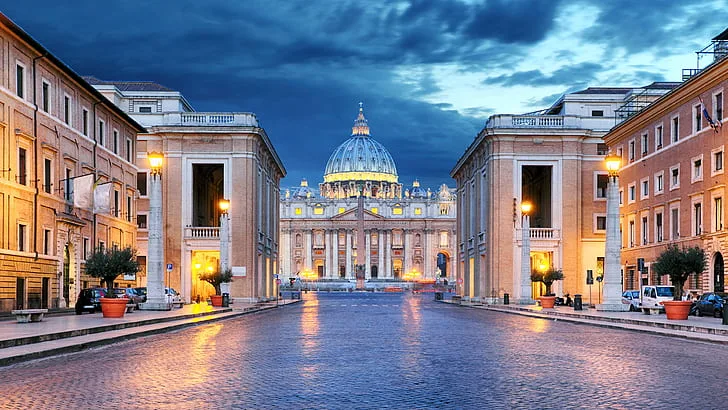VATICAN CITY
The College of Cardinals has officially begun the papal conclave to elect the next leader of the Roman Catholic Church, following the passing of Pope Francis on April 21.
The Conclave Process
Cardinals under the age of 80 have gathered in Vatican City for the closed-door election, which is taking place in the Sistine Chapel. The process follows centuries-old traditions, with strict secrecy enforced throughout the voting period.
The election requires a candidate to receive two-thirds of the vote to be elected as the new pontiff. If no candidate meets the threshold, the voting continues until a consensus is reached.

Smoke Signals: A Historic Tradition
The outside world will be informed of the election results through the chimney installed in the Sistine Chapel:
- White smoke signals that a new pope has been chosen.
- Black smoke indicates that no decision has been made, and voting will continue.
Global Anticipation
The conclave is expected to last several days, with 133 cardinal electors participating in the vote. The newly elected pope will appear on the balcony of St. Peter’s Basilica, where he will announce his papal name to the world.
This election marks a significant moment for the 1.4 billion Catholics worldwide, as the Church prepares to welcome its 267th pope.
